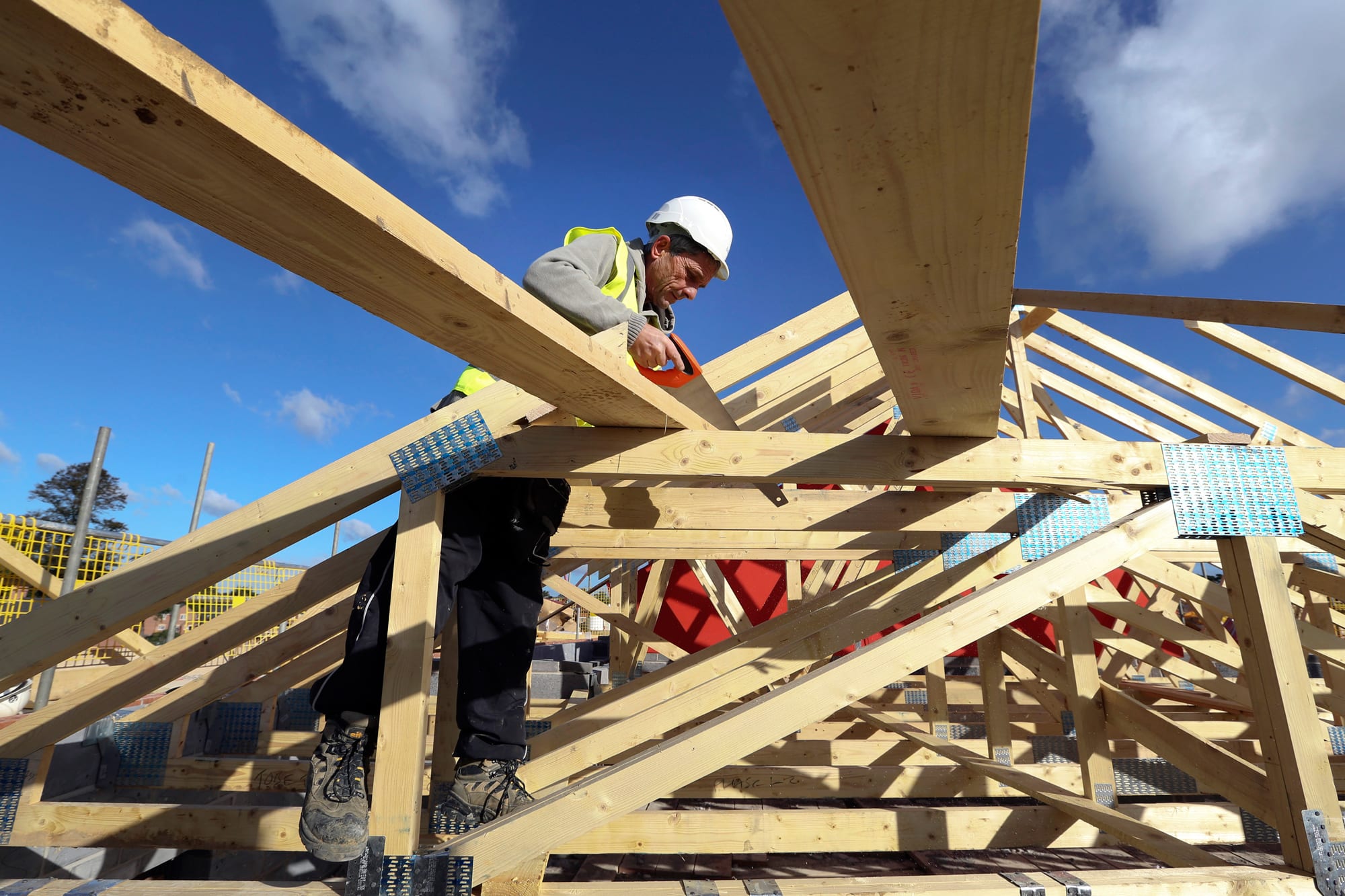The nation’s homebuilders are feeling better about their business, as falling mortgage rates help more buyers afford homes.
They are still not, however, building enough homes to meet demand. That has less to do with buyer demand and more to do with concerns about the larger economy and trade.
Builder confidence for single-family homes hit 66 in August, 1 point higher than it was in July, according to the latest National Association of Home Builders/Wells Fargo Housing Market Index (HMI). That is down from 67 in August 2018, however. Sentiment has swayed between 64 and 66 for the past four months. Anything above 50 is considered positive.
“Even as builders report a firm demand for single-family homes, they continue to struggle with rising construction costs stemming from excessive regulations, a chronic shortage of workers and a lack of buildable lots,” said NAHB Chairman Greg Ugalde, a homebuilder from Torrington, Connecticut.
Of the index’s three components, current sales conditions increased 2 points to 73. Buyer traffic rose 2 points to 50. Sales expectations in the next six months fell 1 point to 70.
High home prices have been the primary barrier to more robust sales this year, but mortgage rates have been falling. The average rate on the 30-year fixed mortgage is nearly a full percentage point lower than it was a year ago. That brought out more spring buyers, but single-family housing starts and permits were still lower than they were last spring.
“While 30-year mortgage rates have dropped from 4.1% down to 3.6% during the past four months, we have not seen an equivalent higher pace of building activity because the rate declines occurred due to economic uncertainty stemming largely from growing trade concerns,” said the NAHB’s chief economist, Robert Dietz. “Although affordability headwinds remain a challenge, demand is good and growing at lower price points and for smaller homes.”
Over the first six months of this year, 417,453 single-family home construction permits were issued, down 6.1% from June 2018’s level of 444,600, according to the U.S. Census.
It is increasingly difficult to build lower-priced homes due to rising construction, material and labor costs. The supply of existing homes for sale is leanest on the low end, causing prices in that segment to rise fastest.
Looking at the three-month moving averages for regional HMI scores, the South, West and Midwest all moved up 1 point to 69, 73 and 57, respectively. The Northeast fell 3 points to 57.
Join to ourTrading at home group


 Signal2forex.com - Best Forex robots and signals
Signal2forex.com - Best Forex robots and signals




